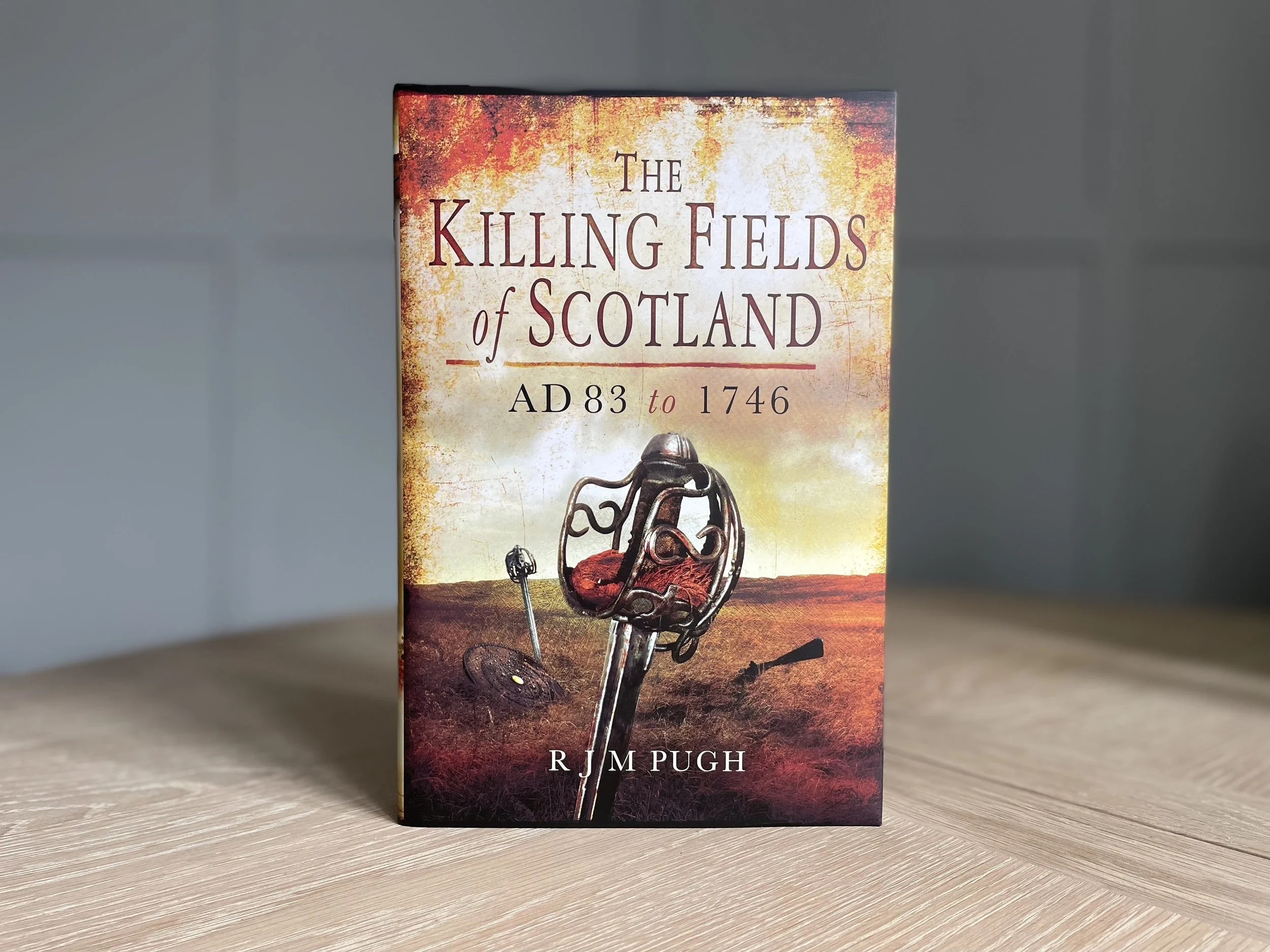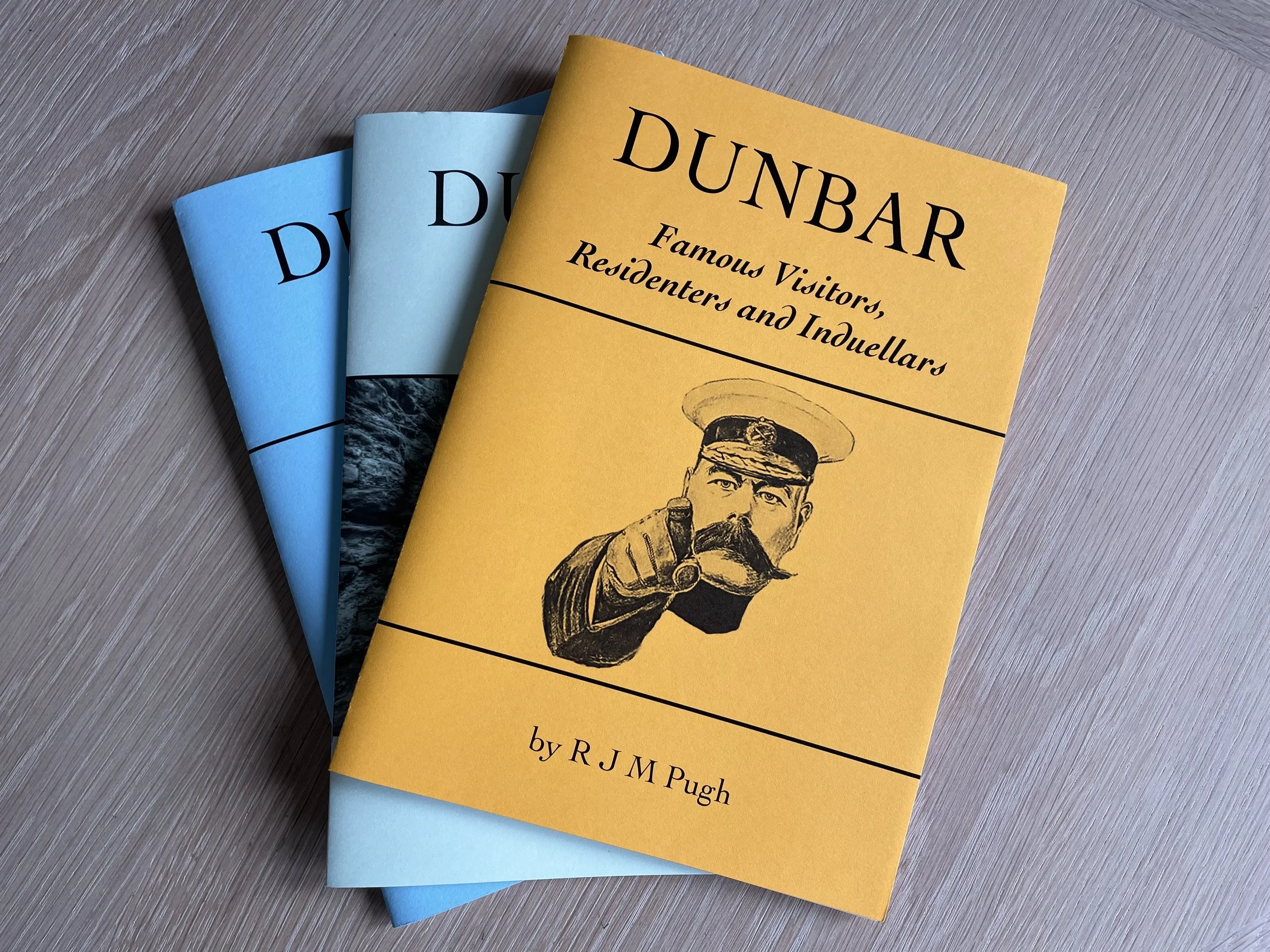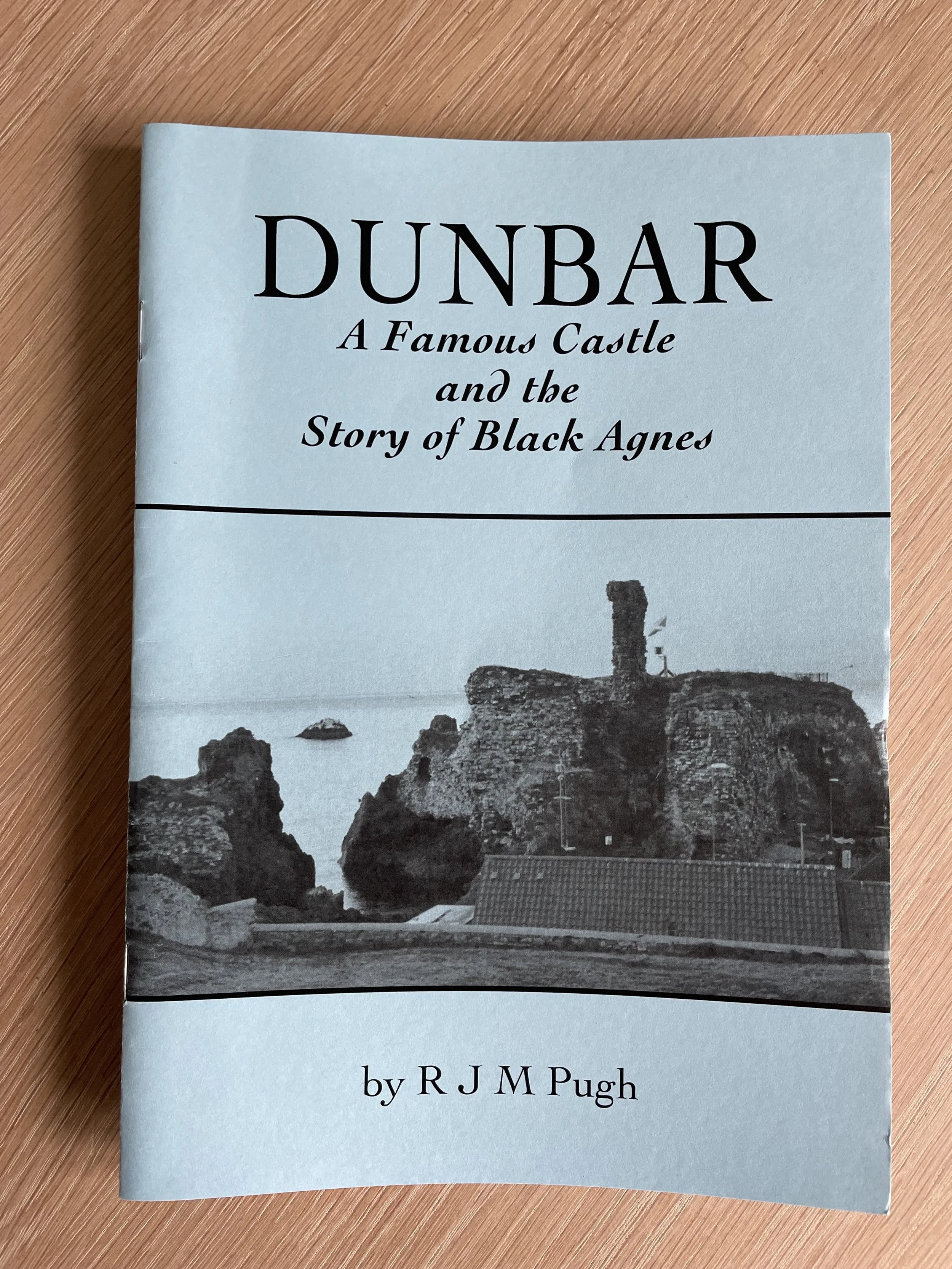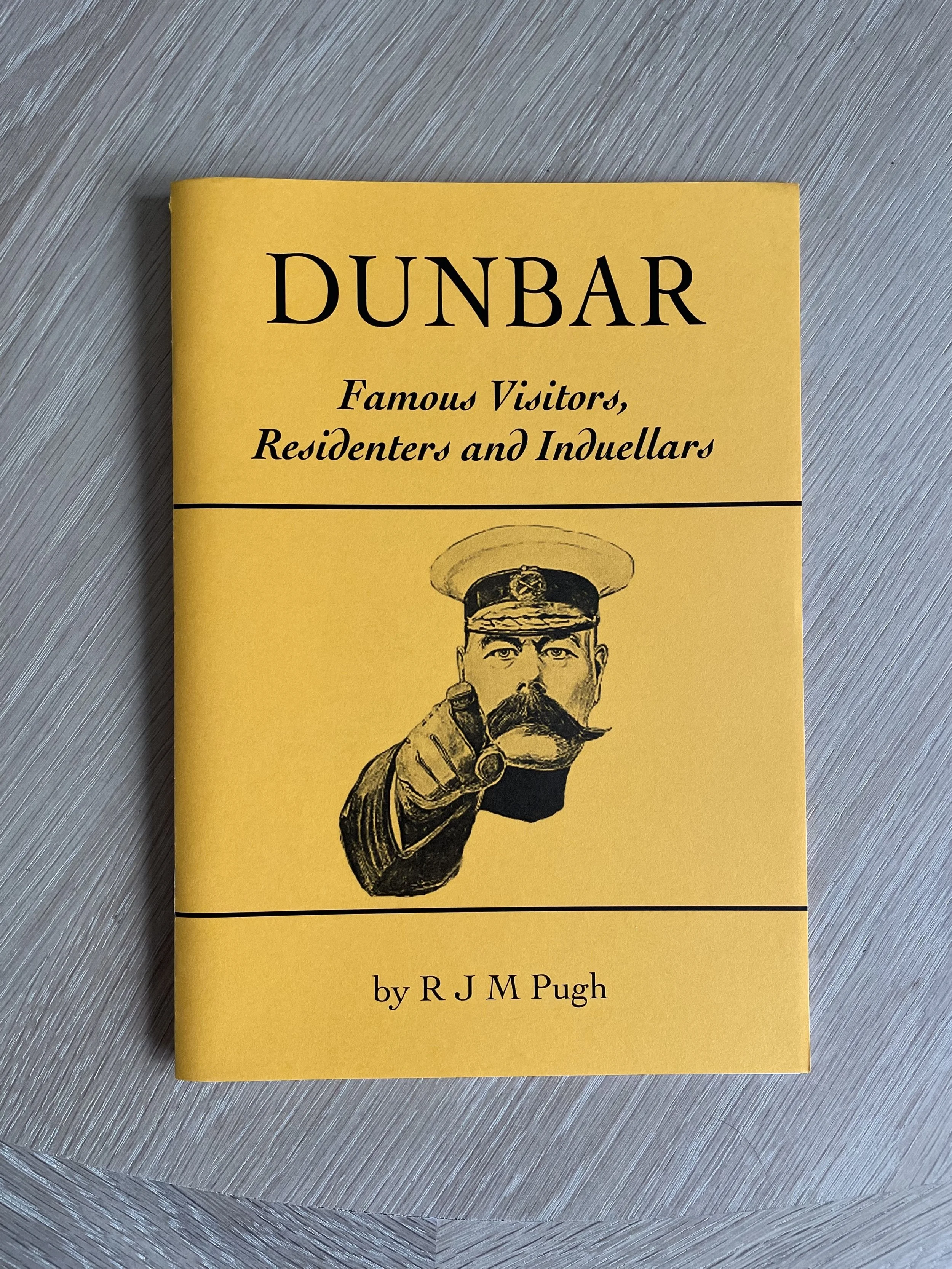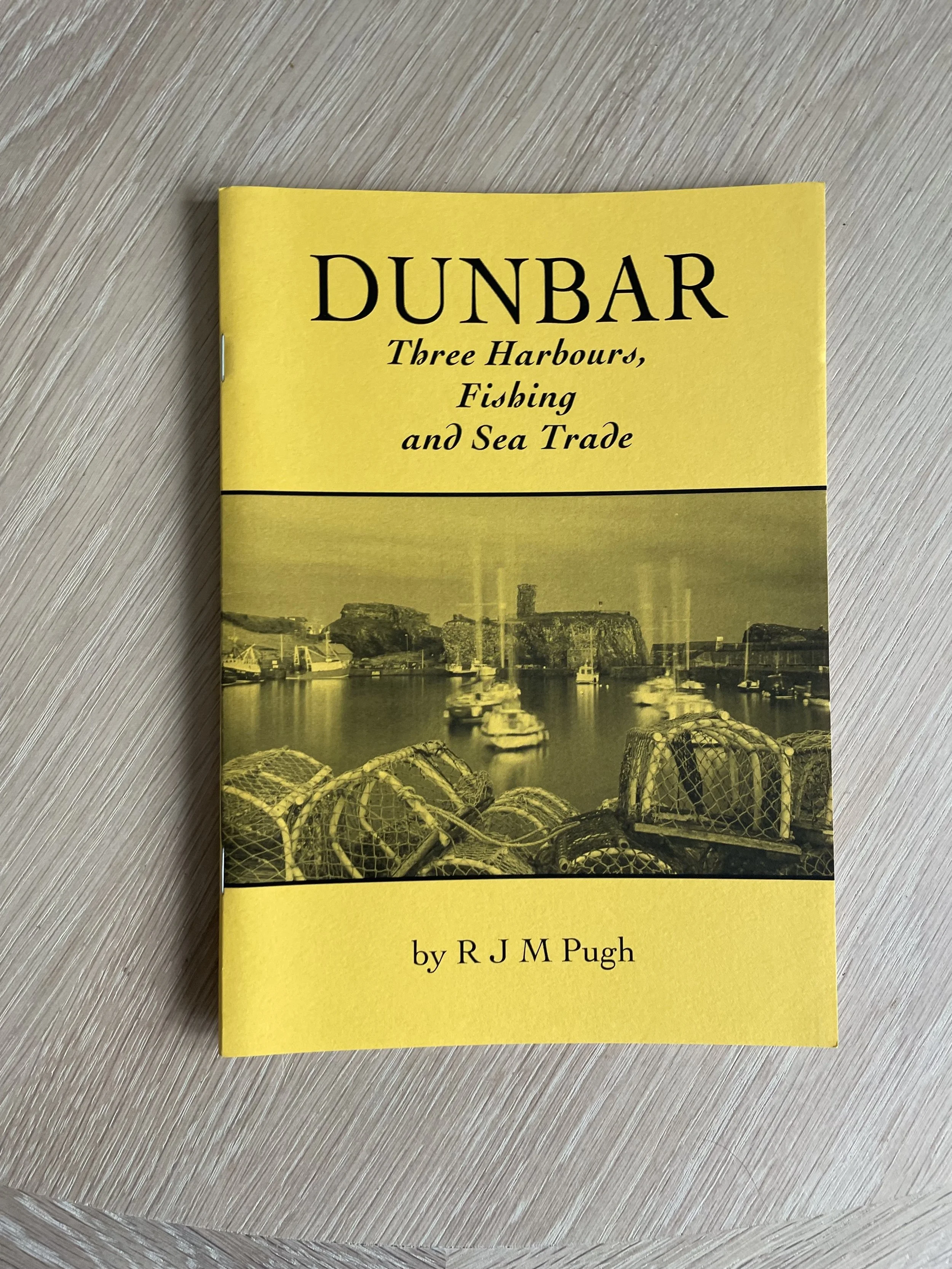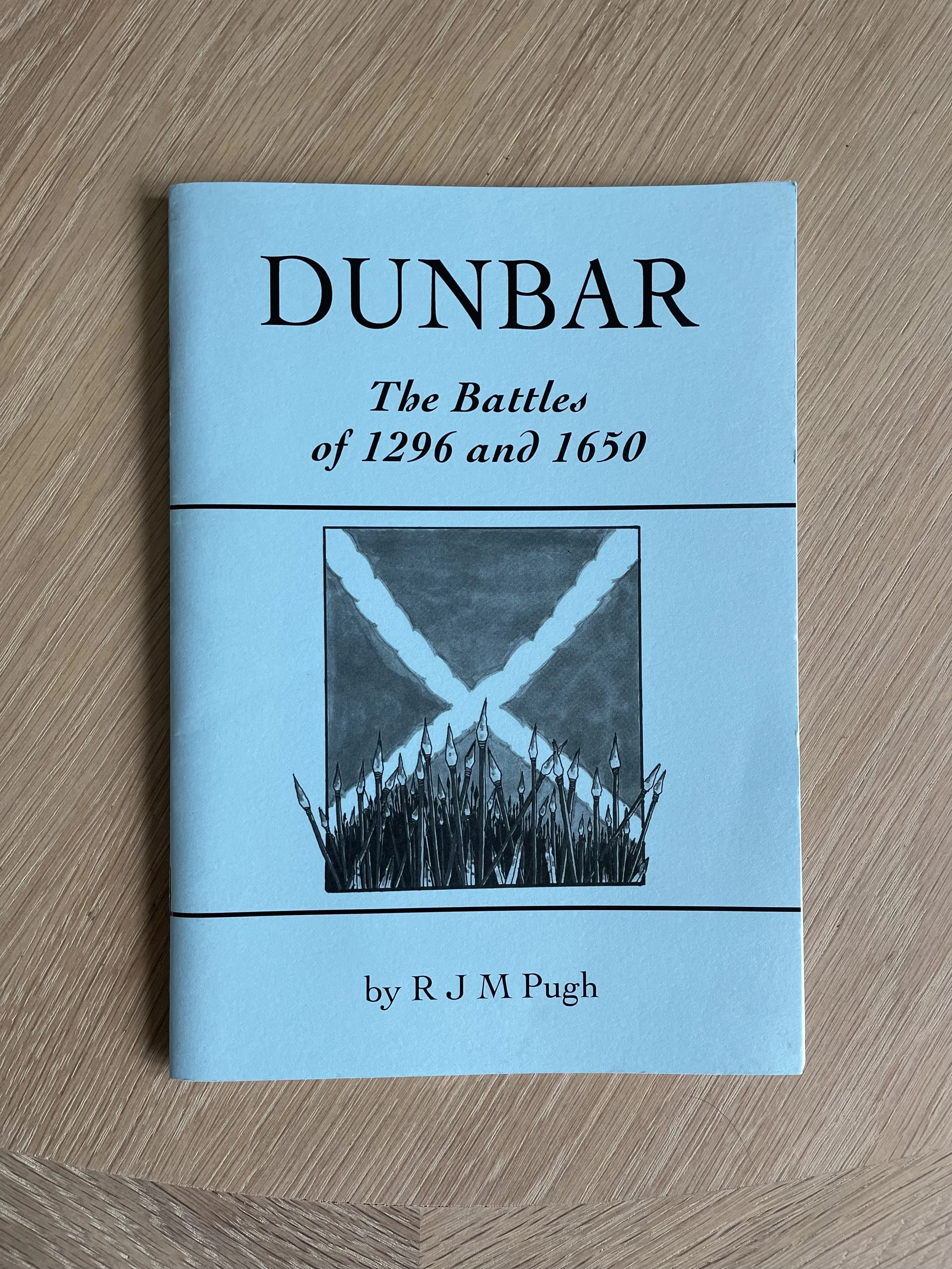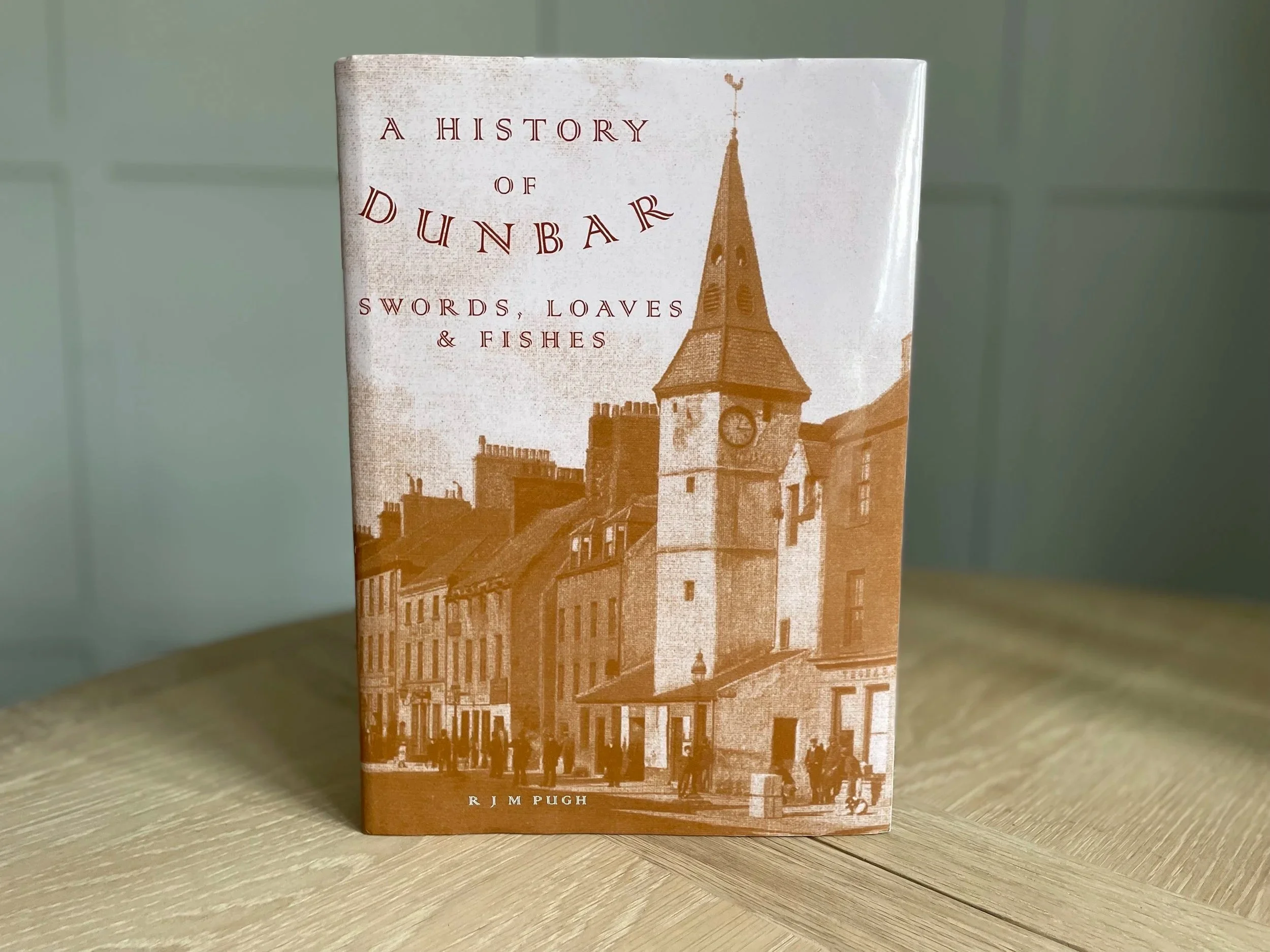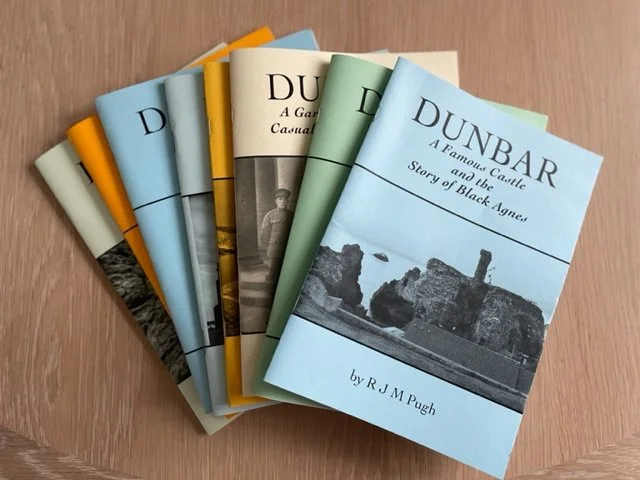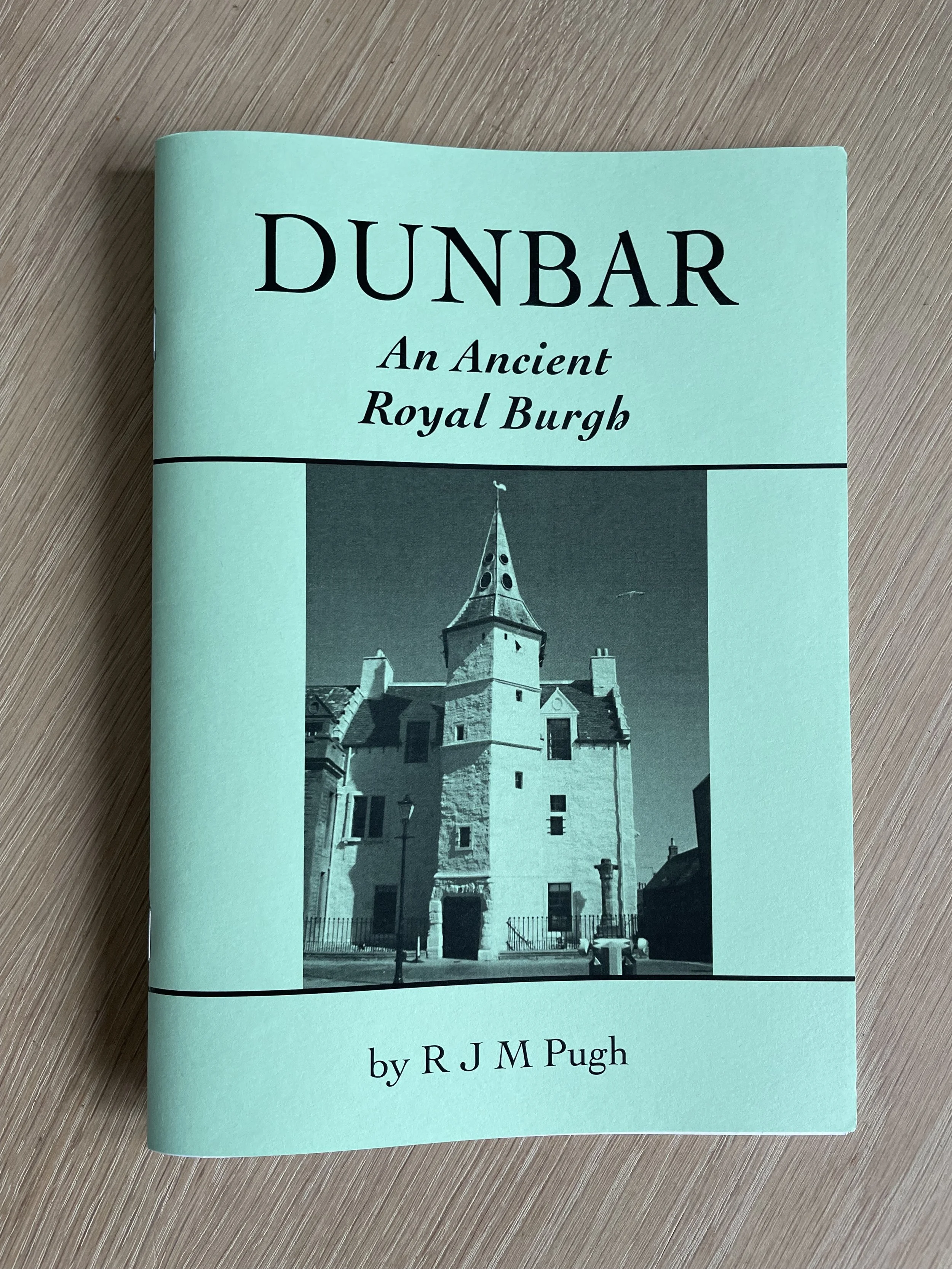 Image 1 of 1
Image 1 of 1


Dunbar History Booklet No. 2 - An Ancient Burgh
This second booklet in the series explores the elevation of Dunbar to a Royal Burgh, tracing its origins from a charter granted by King David II in 1369–1370*.
It also provides a fascinating snapshot of local life, recording the shopkeepers of Dunbar at regular intervals between 1837 and 2011 — a unique window into the changing face of the town’s High Street over nearly two centuries.
Note: Before the adoption of the Gregorian Calendar in 1600, Scotland observed the New Year on 25 March. For this reason, dates between 1 January and 25 March are sometimes expressed with double years (e.g. 1369–1370).
Currently with free delivery within Dunbar.
This second booklet in the series explores the elevation of Dunbar to a Royal Burgh, tracing its origins from a charter granted by King David II in 1369–1370*.
It also provides a fascinating snapshot of local life, recording the shopkeepers of Dunbar at regular intervals between 1837 and 2011 — a unique window into the changing face of the town’s High Street over nearly two centuries.
Note: Before the adoption of the Gregorian Calendar in 1600, Scotland observed the New Year on 25 March. For this reason, dates between 1 January and 25 March are sometimes expressed with double years (e.g. 1369–1370).
Currently with free delivery within Dunbar.
